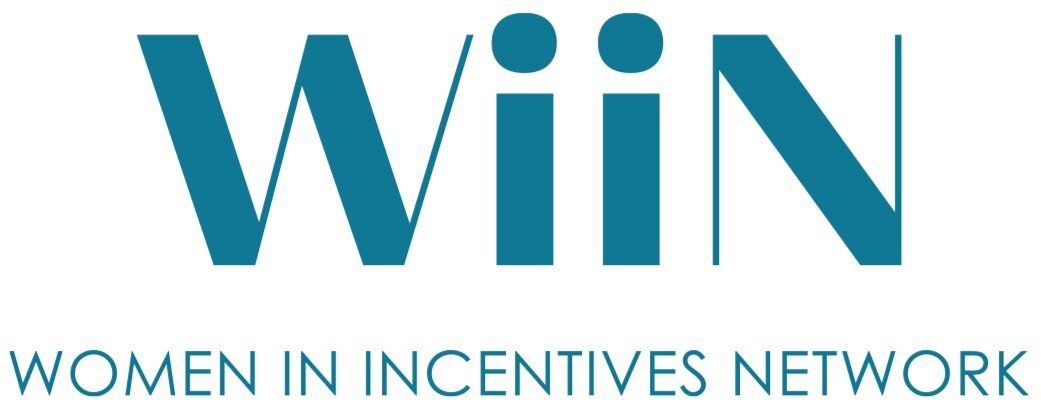What Fosters Creativity and Innovation?
"Business has only two functions - marketing and innovation." - Peter Drucker
Whether you agree with this statement or not, it’s clear that the pace of technology and business today is FAST. Many companies have a plan for the marketing piece, but innovation is tougher. How do we foster innovation and creativity in our organizations?
There are many lists to be Googled as to what encourages innovation, but most of them agree that “disruption” is key. Organizations that are willing to embrace disruption report increased revenue as well as greater customer satisfaction and employee engagement.
What a Culture of Innovation looks like:
Employees are encouraged to ask questions of leadership.
Regular “brainstorming” sessions are held (then potential suggestions are actually implemented).
Necessary resources are provided. This may be time to work in teams to solve a problem, or the freedom for employees to work in ways where they feel more creative (probably not in a cubicle…).
There are no “bad” ideas. Of course, there are ideas that may not work for a variety of reasons, but during the brainstorming sessions: no judgment.
The phrase “we’ve always done it this way” does not exist.
Two examples of ways in which companies have used creativity to innovate are:
One non-profit organization with a not-very-diverse Board was tackling a particularly difficult situation. When Board members entered the room, they chose a “character” out of a hat and had to communicate during the session as that character. The characters included Mother Teresa, Steve Jobs, Jerry Seinfeld, Maya Angelou, Mark Zuckerburg, Gloria Steinem, Jack Welch, Margaret Thatcher, etc. The result was a very lively discussion from completely different points of view than those of the Board Members.
A toy manufacturer assembled 12 employees from all levels of experience and background with the task of developing a new brand. The employees were placed in a space away from the office that looked like a playground, filled with lots of toys and materials. This was to be a 3-month experiment with hopes of developing and launching 1 new toy a year under the new brand. After just 5 weeks, the wall was covered with 33 toy ideas.
Embracing disruption is easier said than done, especially in large corporations. Innovation and creative solutions often require trial and error, false starts and mistakes. Mistakes make some leaders VERY uncomfortable, but never trying new potentially crazy ideas will not lead to innovative solutions or products. In his book Disciplined Dreaming, Josh Linkner suggests that leaders change their mindset from considering something a mistake, to thinking of it instead simply as a failed experiment, and that “failing forward” is necessary for progress.
When organizational leaders construct a culture that rewards and celebrates out-of-the-box thinking as well as positive results, the stage is set for more creative ideas and innovation.
Written By WiiN Member_ Barb Hendrickson


